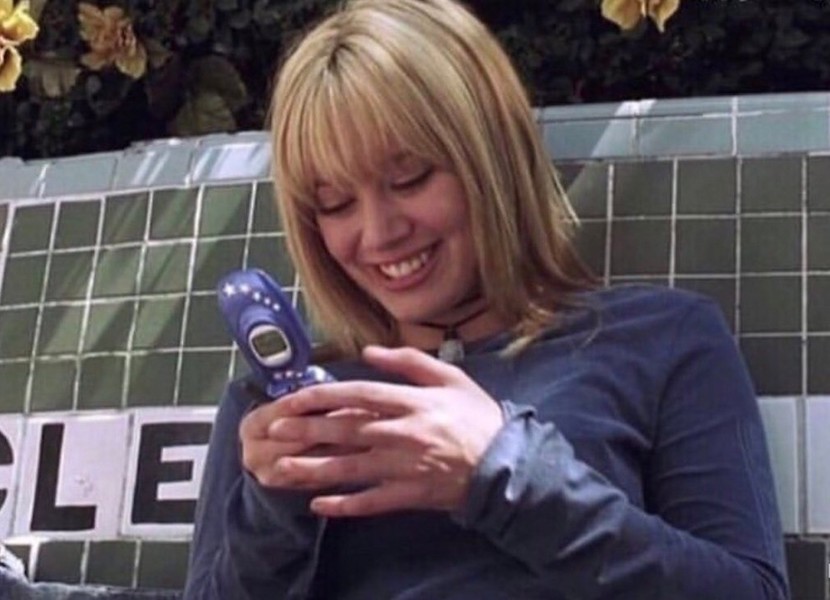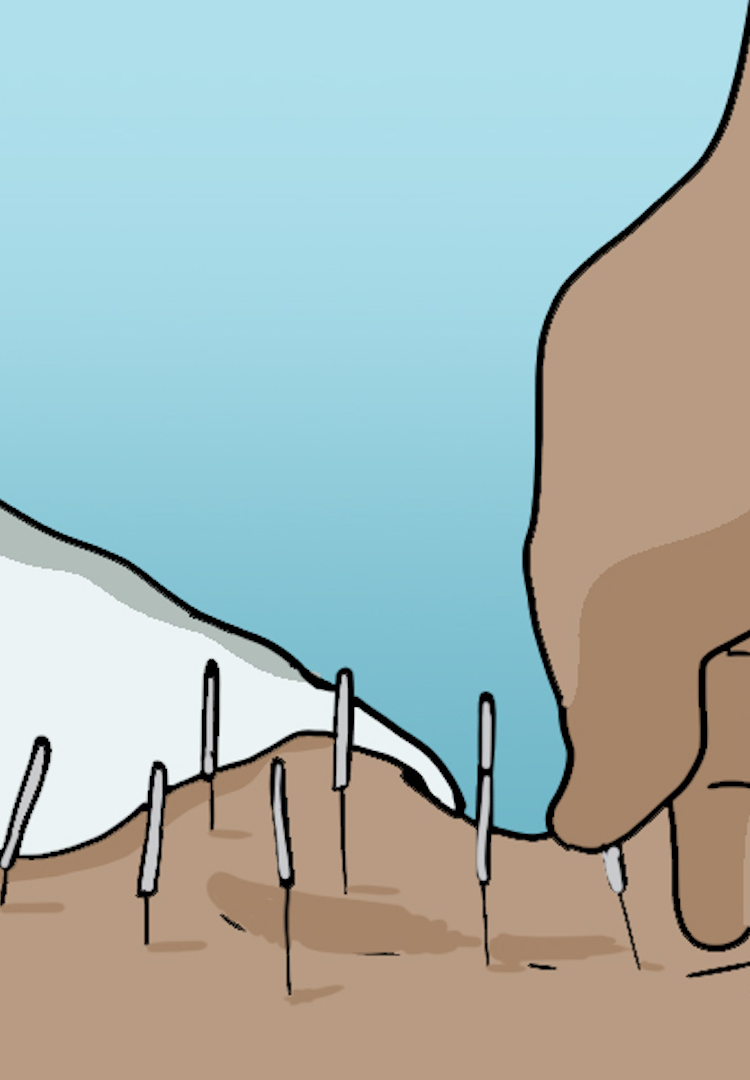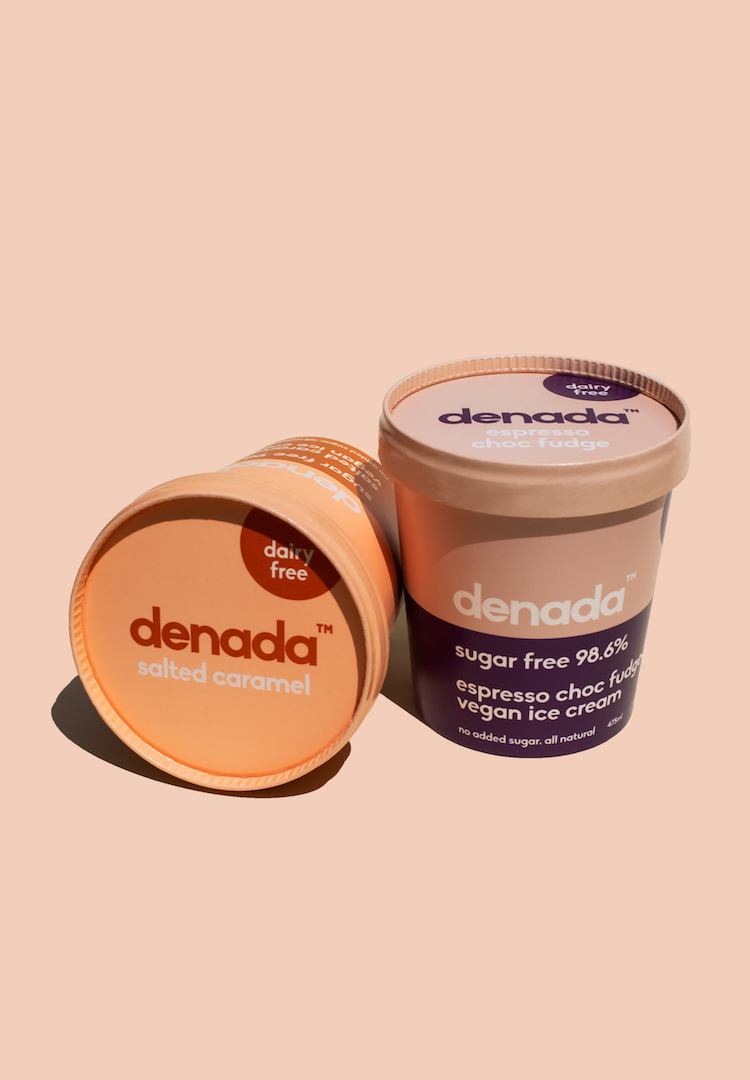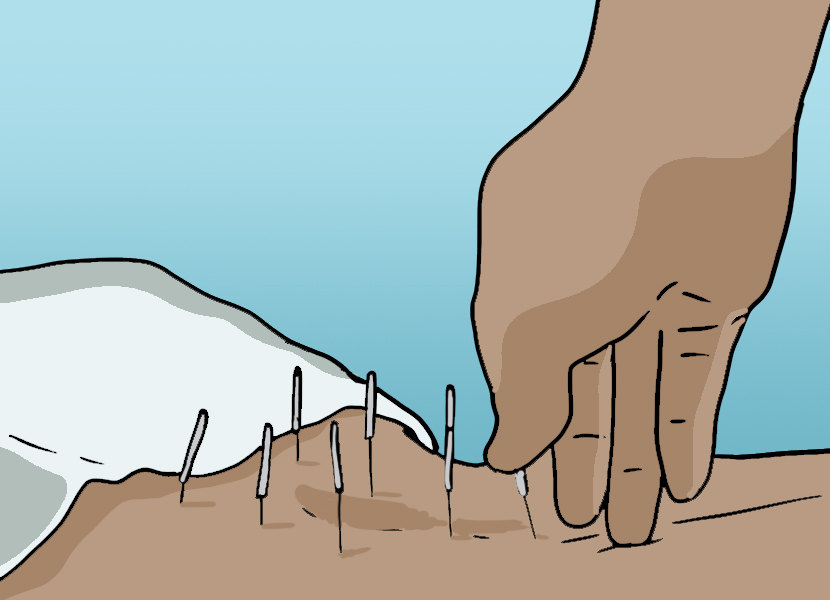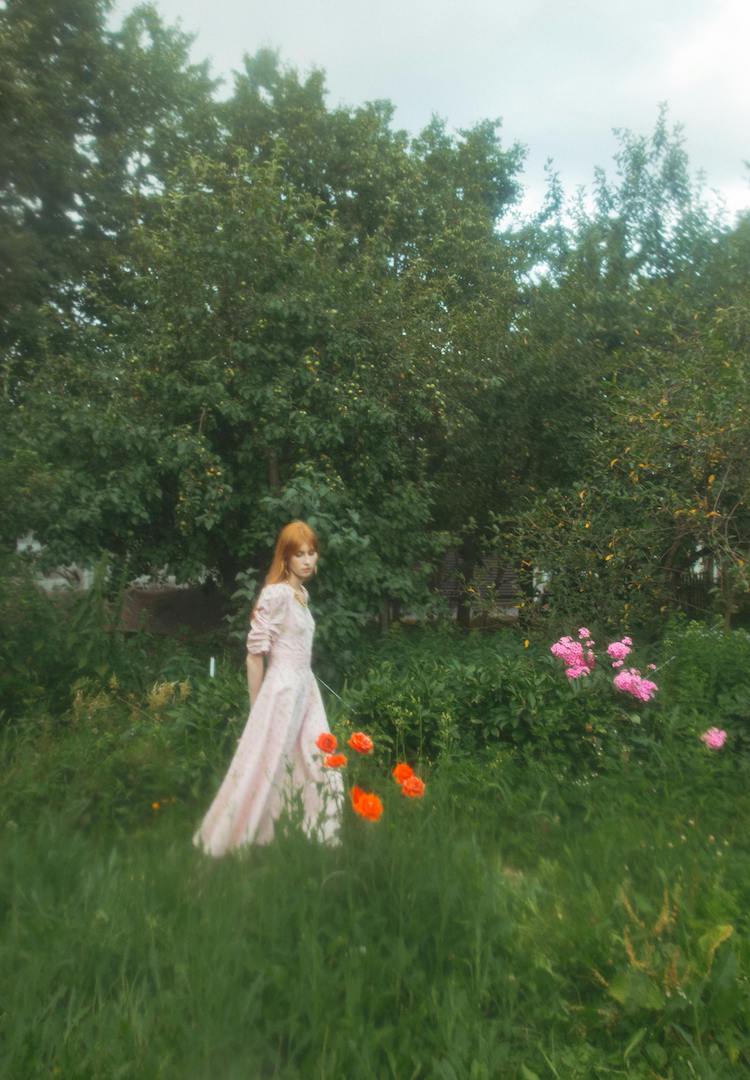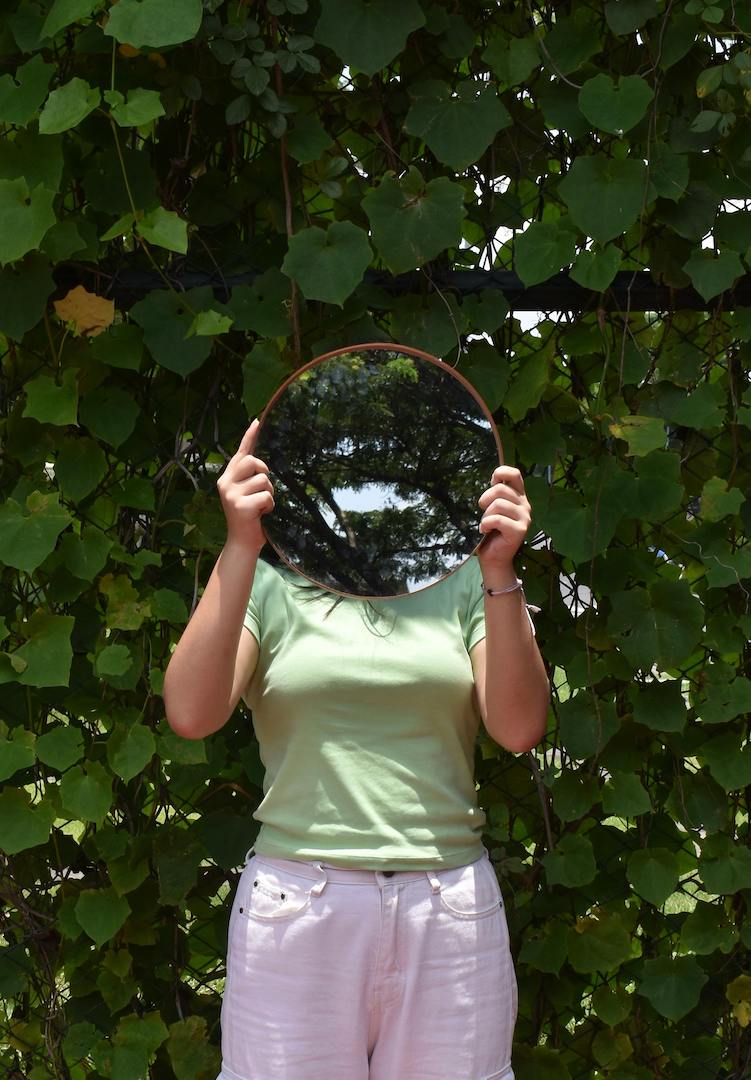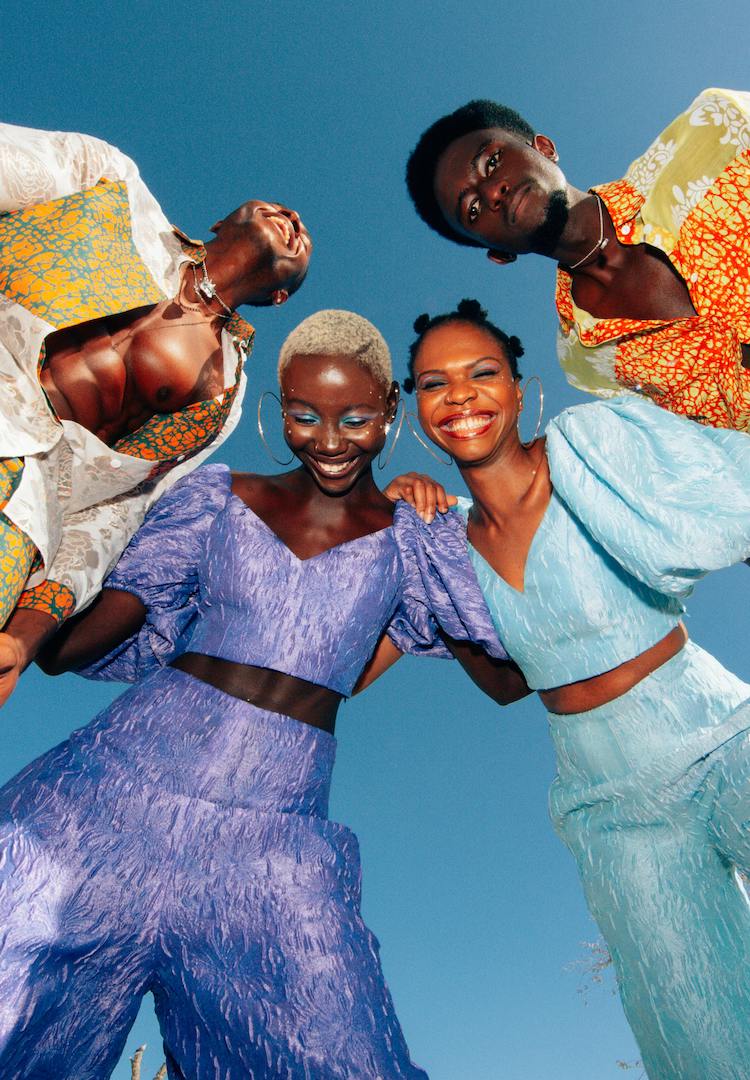What it’s like trying acupuncture for the first time
ILLUSTRATION BY TWYLAMAE
WORDS BY RACHAEL AKHIDENOR
It lives up to the hype.
Recently, there’s been a resurgence of interest in beauty practices that provide solace to both our physical and emotional bodies. Maybe we can attribute this to our hyper-connected and over-stimulated world, which has left many of us feeling spiritually and emotionally depleted.
Also on the rise in the Western world is a cultural obsession with alternative remedies. The ancient Indian wisdom of Ayurveda has seen a huge spread in popularity. Naturopathy and plant medicine are all the rage, as is astrology – looking to the workings and energetic shifts of the moon and planets to provide explanations and consolations for our changing moods and mental states. As our collective suffering intensifies, so too does our fascination with the unorthodox and unconventional.
One of the most well-known and ancient treatments making its way back to mainstream consciousness is acupuncture. And I can tell you from experience, it lives up to the hype.
More than just frighteningly long needles, acupuncture is a key element of traditional Chinese medicine; having been used as a remedy to restore and support good health for thousands of years. The exact date of its conception isn’t known, but it’s generally accepted that it’s been around since at least 200BCE, which means it’s healed a lot of people.
Much like other alternative remedies, the allure of acupuncture stems from the intriguing way in which it works. From a traditional Chinese medicine perspective, acupuncture helps the flow of energy within the body, bringing the body back into balance so it can heal itself. Now, if that just sounded like a whole lot of jargon, let me elaborate.
Ancient Chinese philosophy proffers that the body is self-healing. It’s believed the body (and all matter in the universe) is made up of two elements, yin and yang. Energy (or ‘qi’) moves through the body to keep these two elements balanced.
When this energy gets blocked, there is an imbalance of yin and yang. The belief in traditional Chinese medicine is that this manifests as pain, illness and disease. Acupuncture works to release the blocked energy, allowing the body back into balance so it can self-heal. If you’re not on board yet, just stick with me.
Regardless of how exactly it works, the practice can be life-changing. It has helped people worldwide with fertility issues, back pain and mental ailments like depression and anxiety. It can also help balance hormones, support digestive function, ease allergies and provide relief from the common cold. And that’s only the start.
For me, a relatively healthy and pain-free woman, the greatest appeal of acupuncture is the way in which it can be used to better connect to the inner machinations of our bodies. In the modern world, we are often so caught up in the mind – thinking, analysing, rationalising – that we can find it difficult to attune to what our bodies are saying.
When you go to an acupuncture appointment, one of the first things the acupuncturist will do is feel your pulse and check your tongue. From these two simple actions, they can learn more about your body than you’ve gathered walking around in it all day every day. If you’re anything like me, you’ll probably be told that your body is exhausted, despite having entered feeling mentally alert and spritely.
Then you’ll lie on the bed and have teeny tiny needles inserted into your body, their location dependent upon the ailment being treated.
Some find the use of needles to be a turn-off. But the needles used for acupuncture are wildly different to the needles used for other injections. For starters, they are fine. They’re so fine, in fact, that they are often referred to as a ‘painless needle’. They’re also inserted with great precision and care.
Once all the needles are inserted, you simply close your eyes and relax while they work their magic. Many find this process relaxing, nodding off while on the table.
After a sufficient amount of time (anywhere between 20 to 40 minutes), the acupuncturist will remove the needles, likely check your pulse once more, and declare your treatment finished.
The immediate feeling post-treatment varies. Some feel a resurgence of energy. Others (like myself) feel relaxed, maybe even sleepy. Generally, that feeling dissipates after a good night’s sleep, leaving you feeling awake, revitalised and centred the next day.
So, the next time your shoulder twitches from over-exertion at the gym, or your back aches from sitting all day at work, or you feel stressed, overwhelmed, burnt-out or depleted, instead of reaching for a Panadol or that extra glass of red wine, I implore you to explore the time-honoured therapy of acupuncture. It may provide you with a relief you never knew you needed.
At least, it did for me.

